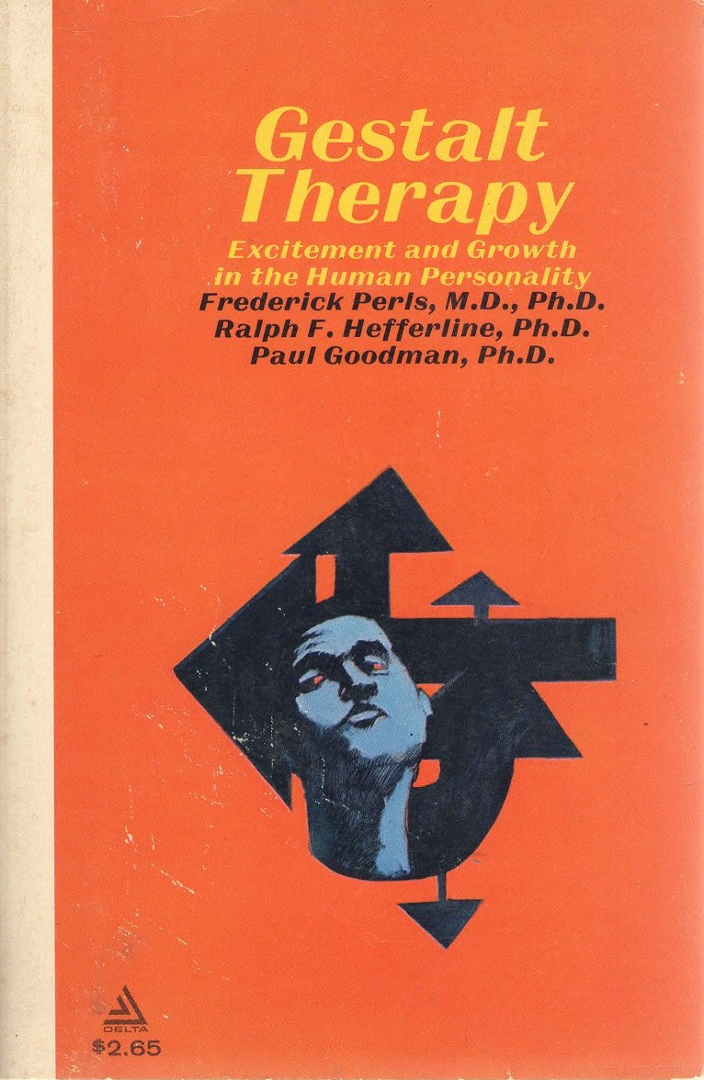3. Gestalt Therapy: Book Review

I arrived in Hyderabad in February 1982, having been selected as a Scientist in the Defence Research and Development Organisation (DRDO) and posted to the Defence Research and Development Laboratory (DRDL). I had got there purely on merit and grit, and was reverberating with excitement and growth. However, there were financial difficulties. The Central Government paid me a monthly salary of Rs. 1500, of which Rs. 400 was spent on house rent.
Inspired by Dr. Kalam, who became Laboratory Director around the same time, I spent long hours at the office, and my wife, with two children to raise, lamented it all. Soon, I succumbed to work pressure and ended up getting migraines. At times, they were disabling. They would come on just before an important meeting, and I found it extremely challenging to perform. A gentleman named M. Ravi Kumar gave me the book, “Gestalt Therapy: Excitement and Growth in the Human Personality,” saying that, based on his experience, it could be of help to me.
The book taught me how to interpret dreams and connect with ignored feelings and suppressed thoughts. I learnt that you could heal inside when you sit alone and talk aloud to the characters in your dream. Fritz Perls, one of the authors, developed the Empty Chair Technique, described below.
Sit on a chair and keep an empty chair before you, representing either an absent person or a part of yourself. Now, speak to the empty chair, expressing your thoughts, feelings, and emotions as if the other person or part were present. Then, swap chairs and speak from the perspective of the imagined ‘other’.
The empty chair can represent a part of oneself, such as a critical inner voice or a vulnerable aspect of oneself. You articulate your feelings, thoughts, and perceptions while speaking to the empty chair occupied by your ‘imaginary part’, bridge gaps in understanding and emotional well-being, and confront unresolved issues, fostering a profound sense of clarity and reconciliation. This releases tensions such as anger, tears, and shivering, and you feel better after a few minutes. This is not magic, but a brilliant scientific technique. I experienced healing using this technique—my headaches disappeared within a few months.
We are indeed a bundle of multiple selves. There is a biological self, a social self, an intellectual self, and, finally, an immortal Self. Like waves in an ocean, these selves rise and fall in different situations and at various times. The problem starts when one dominates the others. For example, many knowledgeable people lack social grace. The example of an American President having a sexual encounter with his intern in his office is a glaring example of how the biological self can override all others.
Sleep, a regular break of about eight hours from waking life, is meant for mental repair. Dreams reveal the repressed, alienated, and ignored aspects of awareness, which, if correctly understood, can have a profoundly positive effect.
After reading this book, I began looking inward to understand my problems with the outside world, realising that many of them have built-in solutions and can be resolved from within. In this process, what happens to you inside becomes the most serious —and transformative—business. In the words of Fritz Perls,
“Awareness is like the glow of a coal which comes from its combustion… In awareness, a process is taking place in the coal (the total organism) . . . . Our emphasis is on self-awareness . . . this is where most of us are handicapped.” (Part 1, chapter III, p. 75-76)
That’s what the Gestalt therapy challenges us to do: stay present, face ourselves, and let awareness do what it does best—transform.

0 Comments